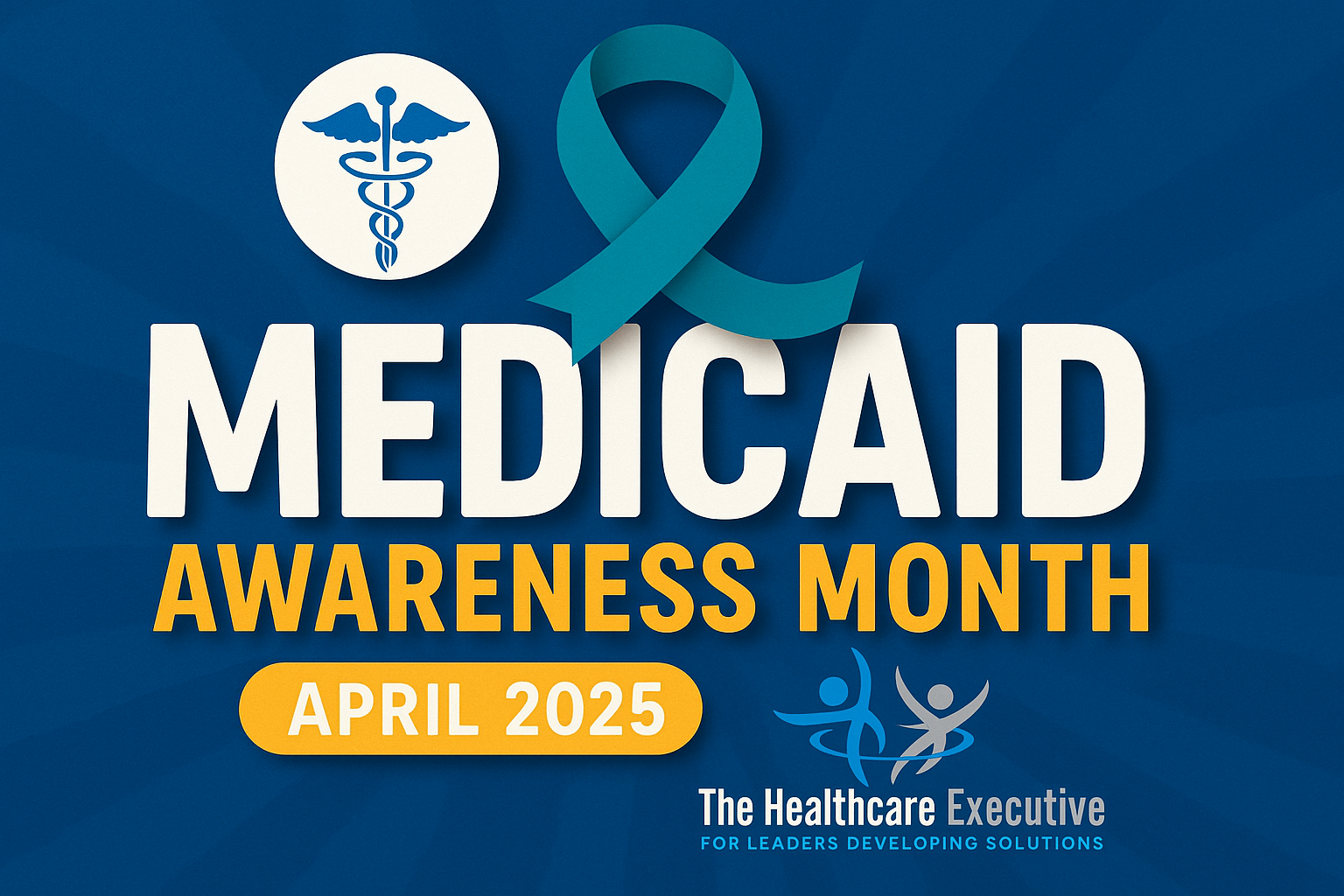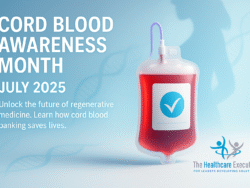Medicaid Awareness Month – April 2025

- Posted by Greg Wahlstrom, MBA, HCM
- Posted in Health Observance Calendar
Strategy, Stewardship, and Systemwide Access
Published: April 4, 2025
April is Medicaid Awareness Month, a vital observance honoring one of the nation’s largest public health programs. Today, over 85 million Americans rely on Medicaid for essential care, yet the system continues to face instability due to fluctuating policy, uneven expansion, and complex eligibility reviews. For hospital executives, this month is a call to action—a reminder that Medicaid strategy cannot remain reactive. Leaders must shape cross-functional responses to redetermination cycles, patient churn, and state-level reforms. At Mass General Brigham, executives have tied Medicaid patient navigation directly to population health metrics, minimizing gaps in care and maximizing retention. Hospitals cannot control federal policy, but they can build internal resiliency, optimize reimbursement integrity, and modernize outreach efforts. Therefore, executive foresight is essential to safeguarding both access and financial performance in 2025.
While Medicaid supports a wide spectrum of populations—including children, seniors, and individuals with disabilities—it also serves as a frontline equity mechanism. However, structural gaps persist. In many states, Medicaid members report longer wait times, fewer provider options, and limited access to specialty services. These issues are not abstract; they are felt acutely at the point of care. Hospital leadership teams must audit their own disparities data, provider network adequacy, and patient satisfaction scores across Medicaid lines of business. At Nemours Children’s Health, integrated Medicaid care models have become a linchpin of pediatric access, driven by executive investment and mission alignment. For adult populations, executives must also invest in language access, care coordination, and transportation infrastructure. Accordingly, Medicaid equity demands not only policy attention but operational leadership.
This year, redeterminations have created a wave of Medicaid disenrollments, adding pressure to health systems already juggling workforce shortages and reimbursement volatility. In response, organizations like Parkland Health in Dallas are deploying targeted re-enrollment teams and working with community-based organizations to reconnect patients. At The Healthcare Executive, we explored these dynamics in our recent post, Rebuilding Trust in U.S. Healthcare. Strategic hospital CEOs recognize that Medicaid is not just a payer—it’s a public trust. Ensuring continuity of coverage for low-income populations is a leadership challenge that requires executive direction across compliance, revenue cycle, social work, and outreach. Consequently, Medicaid readiness must be elevated to the C-suite agenda in 2025.
Financial stewardship is also core to Medicaid strategy. Margins remain slim, yet payment innovation offers room for growth. Managed Medicaid contracts, value-based purchasing, and state-directed payments require a new level of executive fluency. Systems like OSF HealthCare in Illinois are leveraging digital Medicaid transformation grants to reduce denial rates and improve care navigation. At the national level, CMS is expanding flexibilities through the 1115 waiver process, and hospital administrators must stay ahead of these shifts. For a deeper analysis, explore our blog post, The $5 Billion Question: Can Hospital-at-Home Really Scale?. Finance and population health leaders should collaborate more intentionally to define Medicaid success beyond short-term claims or audit metrics. In this context, Medicaid becomes a lever for transformation—not just a source of reimbursement.
April 2025 is an opportunity for hospitals and health systems to reframe how they engage with Medicaid—not just as a payer but as a strategic pillar of community health. Executive leaders can host Medicaid town halls, publish performance dashboards, and recognize frontline teams managing high-needs members. They can also advocate upstream—engaging with governors, Medicaid directors, and state legislators to influence reforms that align fiscal accountability with health outcomes. Our article, Advancing Health Equity Through Strategic Initiatives, offers additional insight on how to align Medicaid with broader system goals. To that end, Medicaid Awareness Month is a timely moment for bold, principled executive leadership.
As Medicaid continues to evolve under the weight of political, economic, and demographic shifts, healthcare executives must ground their decisions in transparency and patient trust. The way systems serve Medicaid members—often the most vulnerable—reflects the core values of their leadership. For those looking to reinforce trust as a strategic asset, we recommend this executive-level resource.
As Medicaid continues to evolve under the weight of political, economic, and demographic shifts, healthcare executives must ground their decisions in transparency and patient trust. The way systems serve Medicaid members—often the most vulnerable—reflects the core values of their leadership. For those looking to reinforce trust as a strategic asset, we recommend this executive-level resource.
Discover More:
For deeper strategies on patient-centered leadership, transparency, and trust-building across all payer types—including Medicaid—we recommend the following blog post.
Internal Links
- Rebuilding Trust in U.S. Healthcare: A Leadership Blueprint
- The $5 Billion Question: Can Hospital-at-Home Really Scale?
- Advancing Health Equity Through Strategic Initiatives



